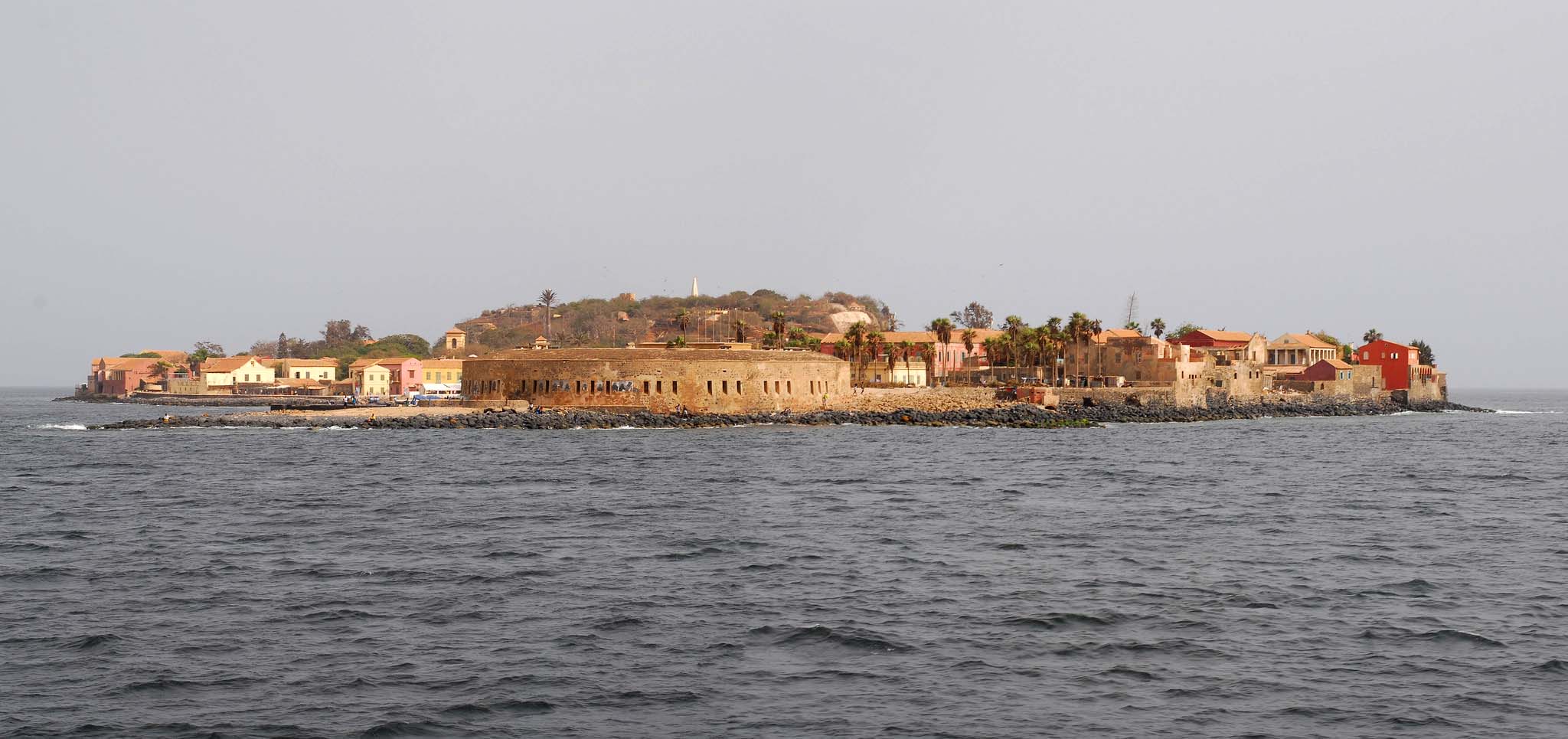Gorée Island, located two miles from the Senegalese capital, Dakar, was a critical trading port for Europeans and played a major role as an entrepot for slaves taken from West Africa. Long before being conquered by the Europeans, the island was called Bezeriche Island or Ber and, according to some accounts, was settled by a population of Wolof (West African ethnic group) fishermen.
In 1444, Portuguese explorers seeking new trade routes “discovered” and claimed Ber, which they renamed Palma Island. During the 15th and 16th centuries, Palma, due to its strategic position in the Atlantic Ocean, became a crucial trade refuge for Portuguese navigators on routes to India, Brazil, and Mexico. Palma’s location, especially important during the transatlantic slave trade era, sparked a fierce competition for its ownership between the Portuguese, Dutch, French, and English. Between 1588 and 1814, the island changed hands seventeen times with each nation contributing to its history and culture.
Owned by the Dutch in 1588, the island was called Goede Reede, later called Gorée. It became and remained a predominantly French trading post after 1677 despite several British incursions. As a key trading port, many goods, such as gold, hides, wax, gum, or ostrich feathers passed through Gorée. Slaves from West Africa were forced to work while passing through the island and before being sent to the Americas. However a larger population of slaves remained as permanent residents working as domestics and laborers for the wealthy Europeans on the island.
From 1677 to the suppression of the slave trade in 1814 by the treaty of Paris, 200 to 400 slaves passed through the island annually, usually through the famous “Door of No Return.” Slavery was permanently abolished on the island in 1848 and Gorée was granted equal benefits as a French commune by a decree in 1872. Nevertheless, the decline of the island started in the early 20th century, when the new capital of French West Africa was moved to Dakar, causing many islanders to migrate to the new capital where commerce became preeminent.
Gorée was declared a National History Site by the Senegalese government in 1951. In 1960, Gorée acquired its independence from France as a part of the independent Republic of Senegal. In the 1970s, the Senegalese government and worldwide associations launched several initiatives to preserve the island’s historical heritage. There are now less than 1,500 permanent residents on Gorée Island. The island mainly survives through tourism with several notable museums including the most popular Maison des Esclaves, a building where slaves were held before transport to the New World.

